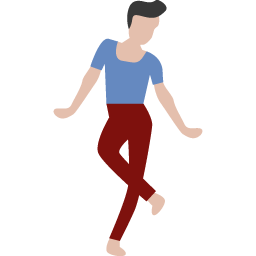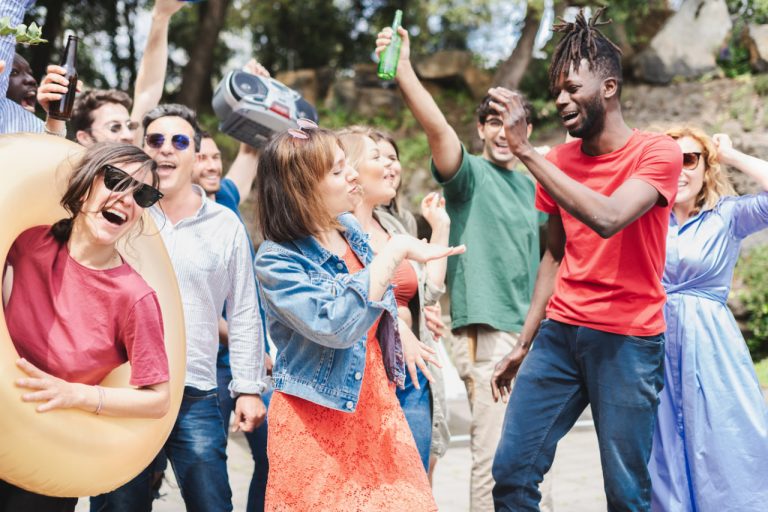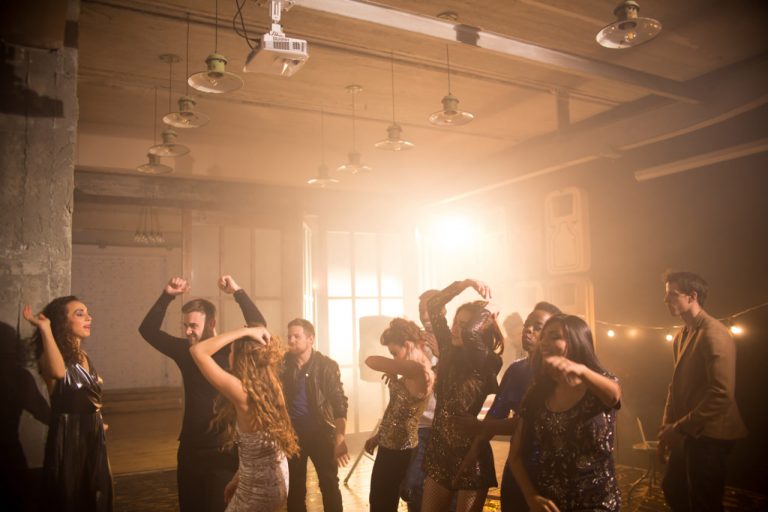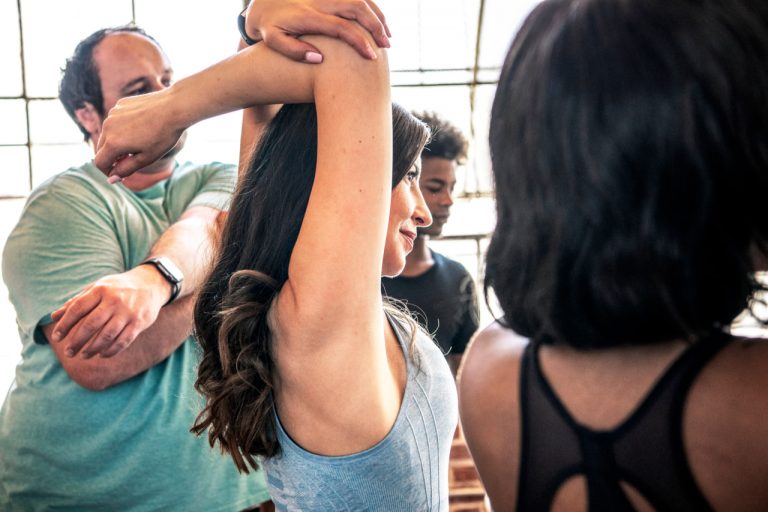Stepping onto the dance floor for the first time can be an exciting yet nerve-wracking experience. Many beginners feel anxious about dancing in front of others, worried about making mistakes or being judged. Dance floor anxiety is a common hurdle, but it doesn’t have to stop you from enjoying the many benefits of social dancing. With the right mindset and strategies, you can overcome your fears and gain confidence. Here’s how.
Understand That Anxiety Is Normal
First, it’s important to recognize that feeling nervous is completely normal. Almost every dancer, no matter how experienced, has felt a little anxious at some point. Anxiety often comes from the fear of looking silly or making errors in front of others. Accepting these feelings as part of the learning process can help reduce their power. Remember, dance is about enjoyment and connection, not perfection.
Start Small and Build Gradually
One of the best ways to overcome dance floor anxiety is to start small. Attend beginner-friendly classes where everyone is learning together. These environments are supportive and less intimidating than large social dances or parties. Practice in front of a mirror or with a trusted friend before attending group events. As you build your skills and comfort level, gradually increase your exposure to larger groups and social settings.
Focus on the Music and Your Body
When anxiety strikes, your mind can become overwhelmed by worries. A helpful technique is to focus your attention on the music and how your body feels as you move. Pay close attention to the rhythm, beats, and flow of the music, allowing it to guide your movements. This focus shifts your mind away from anxious thoughts and into the present moment, creating a more natural and relaxed dancing experience.
Practice Positive Self-Talk
Negative self-talk is a major contributor to dance floor anxiety. Replace thoughts like “I’m going to mess up” or “Everyone is watching me” with encouraging affirmations such as “I’m here to have fun” or “Everyone makes mistakes, and that’s okay.” Visualize yourself dancing confidently and enjoying the experience. Positive self-talk helps build self-esteem and reduces fear.
Connect with Your Dance Partner
If you’re dancing with a partner, remember that you’re not alone on the floor. Focus on connecting with your partner through eye contact, body language, and gentle communication. A supportive partner can boost your confidence and help you feel more grounded. Even if you’re dancing solo, imagine a friendly presence nearby to help calm your nerves.
Take Breaks When Needed
It’s okay to take breaks if you feel overwhelmed. Step to the side, breathe deeply, and remind yourself why you wanted to dance in the first place. Sometimes a short pause can help you reset emotionally and physically. Returning to the dance floor refreshed will improve your confidence and enjoyment.
Join a Supportive Dance Community
Surrounding yourself with encouraging and positive people makes a big difference. Join local dance groups, attend social events, or participate in online dance forums. Sharing your experiences and hearing others’ stories can reduce feelings of isolation and increase your motivation. Friendly communities celebrate progress and support one another through challenges.
Practice Regularly
Like any skill, dancing becomes easier with practice. The more you dance, the more natural your movements will feel, and the less anxious you will become. Set realistic goals and dedicate time to practice regularly, whether at home or in class. Consistency builds muscle memory and confidence, helping you feel at ease on the dance floor.
Celebrate Your Progress
Finally, celebrate every small victory. Whether it’s mastering a new step, attending your first social dance, or simply moving more freely, acknowledge your progress. Celebrations reinforce positive experiences and motivate you to keep going.



